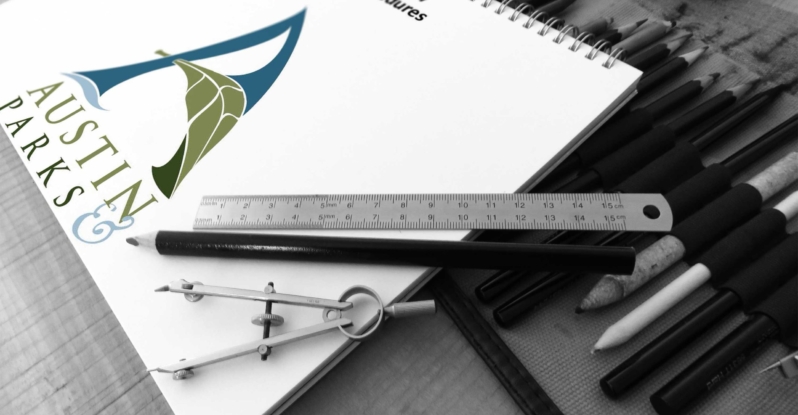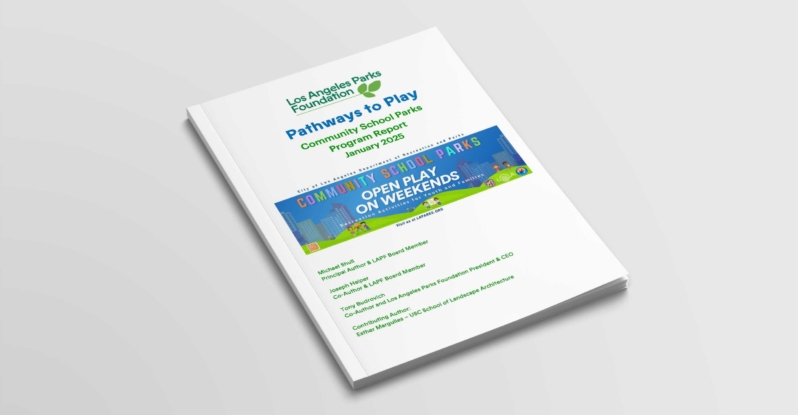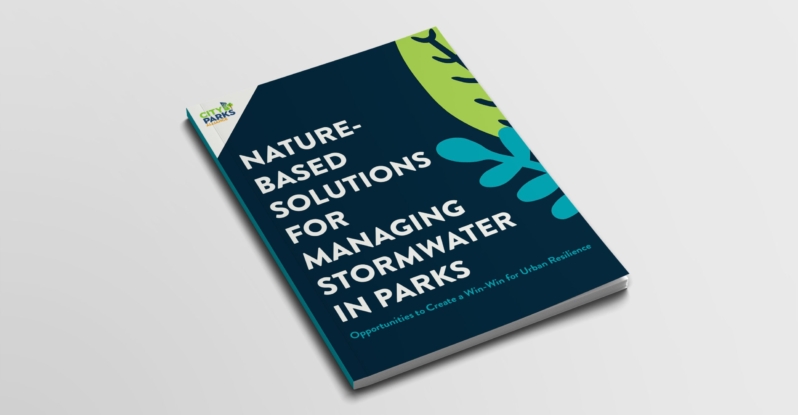Fast Facts
- The total cost of converting the freight corridor into a park was approximately
$250 million. The project generated 8,000 construction jobs. - Redevelopment of the High Line has increased tax revenue by an estimated $1 billion.
- The High Line has resulted in more than $2 billion in private investment and
new economic activity, boasting 12,000 new jobs. - Since 2014, more than 20 million people have visited the High Line, which hosts almost 500 public programs and events annually.
Built on an abandoned elevated freight railway, the High Line is a nearly 1.5-mile linear public park that allows users to travel a span of 22 city blocks, while providing scenic views of New York City and the nearby Hudson River. The park has had a “halo effect” on the surrounding blocks, elevating property values and tax revenues. Thirty new residential, commercial, or cultural developments have been constructed or planned for the area, which is now a booming residential, retail, and office center.



